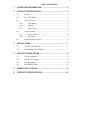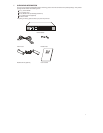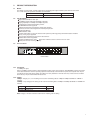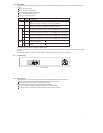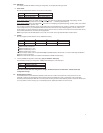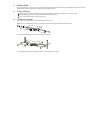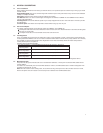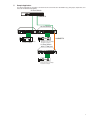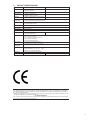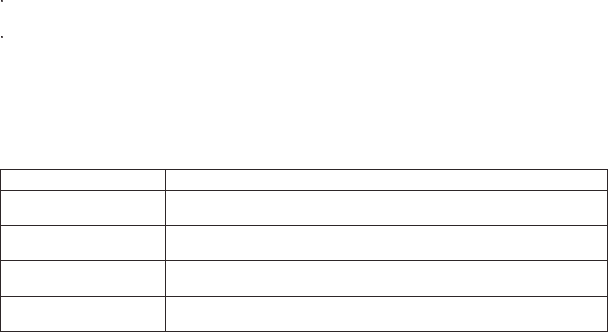
8
4 HELPFUL SUGGESTIONS
4.1 Prior to Installation
Before installing this Switch and connecting it to network devices, it is important to plan the network's layout. Things you should
consider include:
Dedicated Bandwidth: File servers and other high-traffic hardware improve their performance if they have their own dedicated
10Mbps or 100Mbps bandwidth.
Full-Duplex: Determine which devices support Full-Duplex connections.
Fast Ethernet: Make sure rules for cable lengths and categories are followed. 100BASE-TX and 100BASE-FX have different
rules for cable and distance.
Auto-Negotiation: Devices with different speeds may be easily swapped when the other end of the cable is fixed to a port with
Auto-Negotiation.
Crossover Uplink: This Switch can be Uplinked to another Switch using any of the TP port.
4.2 Half- and Full-Duplex
This Switch supports both Half- and Full-Duplex modes for 10BASE-T and 100BASE-TX.
In Half-Duplex mode data cannot be transmitted and received at the same time. Attached devices must finish transmitting data
before they can receive data.
In Full-Duplex mode data can be transmitted and received at the same time.
4.3 Auto-Negotiation
Every 10/100Mbps dual speed port on this Switch has a built-in "Auto-Negotiation" function. This technology automatically sets
thebest possiblebandwidth as soon as a connection is established with another network device (usually at Power “On” or Reset).
This capability is achieved via the Switch’s Auto-Negotiation function that automatically detects the modes and speeds the
second (attached) device is capable of.
Evaluating Auto-Negotiation Capability:
If the attached device is: This Switch Will Automatically Set Its TP Ports to Operate At:
100Mbps
no Auto-Negotiation
100Mbps Bandwidth (100BASE-TX, Half-Duplex)
100Mbps
with Auto-Negotiation
200Mbps Bandwidth (100BASE-TX, Full-Duplex)
10Mbps
no Auto-Negotiation
10Mbps Bandwidth (10BASE-T, Half-Duplex)
10Mbps
with Auto-Negotiation
20Mbps Bandwidth (10BASE-T, Full-Duplex)
Note: If the attached device is set to a fixed Forced Full-Duplex mode, it will not operate as an Auto-Negotiation device.
4.4 MAC Address Table
Every Ethernet data packet includes both source and destination addresses. This 6-byte ID is called the MAC (Media Access
Control) Address.
The Switch can automatically learn and store MAC addresses. However, the MAC address table is volatile: it disappears when
the Switch is powered “Off” or reset.
Note:When the network needs reconfiguration, we recommend turning off the power first. After all nodes have been moved,
Remove the power cord and re-attach it on the back panel to rebuild the internal MAC address table.




